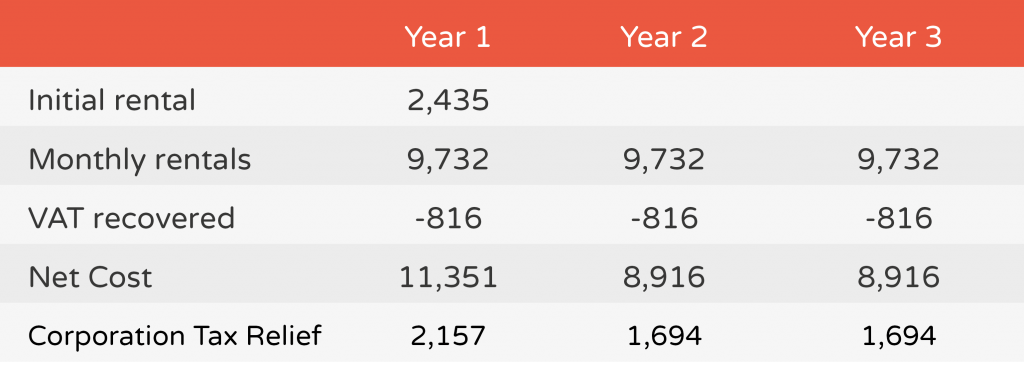Cypher is backing the Government’s Kickstart Scheme
In September, the Government announced the launch of its new £2billion Kickstart scheme which is designed to fund six-month, paid, job placements for people aged between 16 and 24 who are on Universal Credit and at risk of long-term unemployment.

The Chancellor of the Exchequer, Rishi Sunak, launched the scheme in a bid to help hundreds of thousands of youngsters across the UK into work. But there was a catch – to qualify for funding, businesses had to be able to offer a minimum of 30 placements. As most of the businesses in Oxfordshire- and certainly amongst our client base -are SMEs this meant there was a real possibility that businesses and young people locally would miss out on the scheme altogether.
We think that the Kickstart scheme represents a fantastic opportunity for local businesses to develop young talent and fuel the Oxfordshire economy and following a bit of research, we discovered that the solution was to set ourselves up as a facilitator and manage the process collectively on behalf of several firms.
We shared this idea with our clients and wider network and the response has been phenomenal. So, this month, Cypher has stepped up and created an umbrella organisation to enable multiple local firms to unite and access funding and create jobs to enable young people in Oxfordshire to launch their careers utilising the Government’s Kickstart programme.
So far, we have been really pleased to see so many people pulling together to make it work locally. Already a number of our clients have signed up to offer jobs in sectors including property, hospitality, accountancy, law, and various trades. Here at Cypher we are also taking part and will be offering a trainee accountant role.
Via the KickStart scheme, companies receive 100% of an employee’s pay at the age-related national minimum wage to cover 25 hours per week, as well as a one-off grant of £1,500 to cover National Insurance and pension contributions. The whole scheme is a win, win for everybody.
It means that employers can source ambitious young people and train them with the safety net of the first six months fully funded with no obligations to continue. It means local young people can receive the help they deserve at such a challenging time to get their feet on the career ladder.
As part of our commitment to this programme, the team at Cypher, will gather all the jobs and company information from each firm and manage online applications to the Department for Work and Pensions. You’re welcome!
There’s probably never been a wide-spread situation where people are joining professional services firms from being on Universal Credit. It’s unprecedented, but we feel that young people locally deserve a break and small business deserve the backing to support them
If you would like to know more about the Kickstart scheme and how your business could benefit, get in touch via this form and a member of the Cypher team will be in touch.



